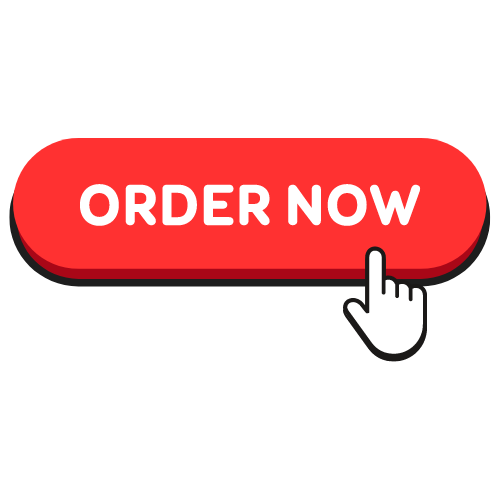LO1 Be able to investigate the performance of a selected small business enterprise
1.1 Produce a profile of a selected small business identifying its strengths and weaknesses. You can bring in other examples of small businesses to support your case.
1.2 Carry out an analysis of the business mentioned/selected in the case study using comparative measures of performance
M1: Demonstrate a graphic presentation/illustration of the scale and scope of the companies (Merit M1). The learners could add the Product Life Cycle Model (the evolution of businesses) and the process of NPD (New Product Development) with examples. You can bring other examples of small businesses to make a comparison.
LO2 Be able to propose changes to improve management and business performance
2.1 Recommend with justification, appropriate actions to overcome the identified weaknesses in the business in the case study
2.2 Analyse ways in which existing performance could be maintained and strengthened
2.3 Recommend with justification, new areas in which the business could be expanded
LO3 Be able to revise business objectives and plans to incorporate proposed changes
3.1 Produce an assessment of existing business objectives and plans
M3: Present and communicate appropriate findings while using technical language for all the business concepts.
3.2 Revise business plans to incorporate appropriate changes
M2: Use suitable concepts to complete your comparative analysis of the selected small business.
3.3 Prepare an action plan to implement the changes in your selected small business.
LO4 Be able to examine the impact of change management on the operations of the business
4.1 Report on the impact of the proposed changes on the business and its personnel
4.2 Plan how the changes will be managed in the business that you have selected
D3: To achieve D3, you need to use critical reflection to evaluate the effect of changes in your business.
4.3 Monitor improvements in the performance of the business over a given timescale
Conclusion(s)
You are required to write conclusions to your assignment (D1). The conclusion allows you to have the final say on the issues you have raised in your assignment, to summarize your thoughts, to demonstrate the importance of your ideas, and to propel your reader to a new view of the subject. It is also your opportunity to make a good final impression and to end on a positive note. Your conclusion can go beyond the confines of the assignment. The conclusion pushes beyond the boundaries of the prompt and allows you to consider broader issues, make new connections, and elaborate on the significance of your findings.
D2: Take responsibility for managing and organizing activities throughout the assignment. Provide an appropriate table of content, proper referencing and demonstrate an effective approach to independent research
Please, also include:
List of References
Any appropriate supporting documents

